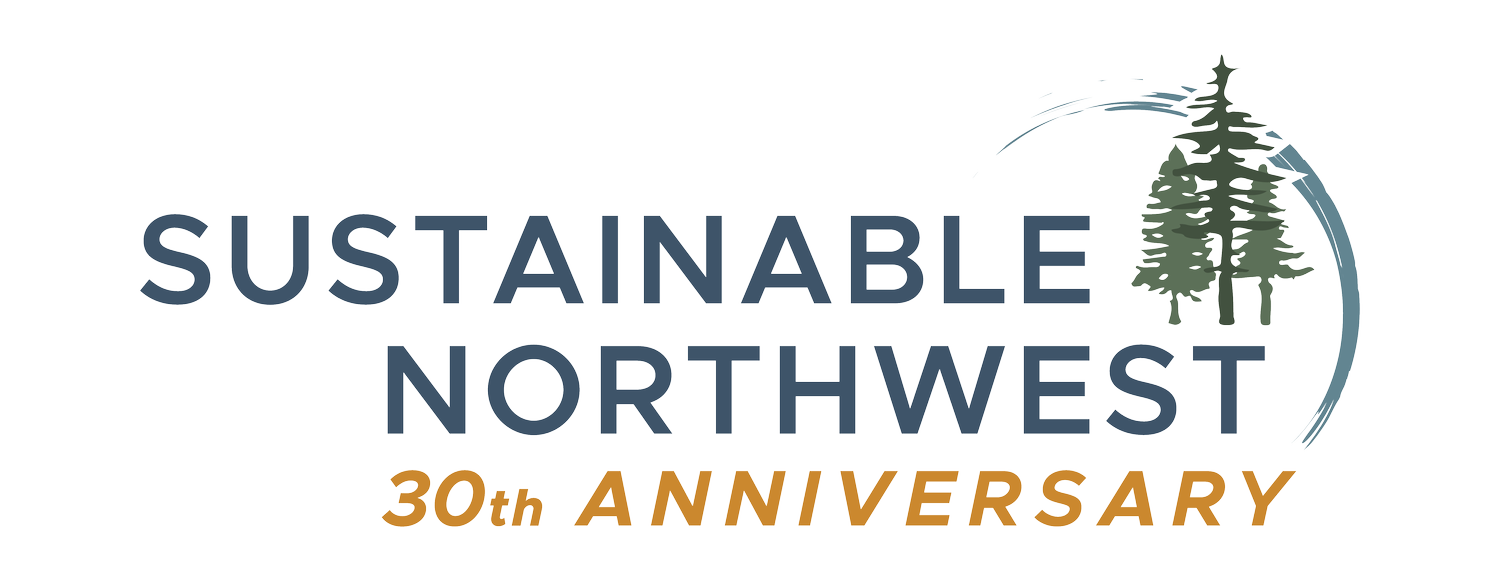Largest Dam Removal Project In History Nears Final Approval
Williamson River, Klamath County
On August 26, the Federal Energy Regulatory Commission (FERC) released a final Environmental Impact Statement (FEIS), recommending the removal of the lower four Klamath River Dams.
In addition to addressing comments on the Draft EIS, released February 2022, the FEIS evaluates all of the benefits and impacts of the proposed dam removal project as part of its obligation under the National Environmental Policy Act (NEPA). The largest dam removal project and restoration project in US history is finally within reach. Sustainable Northwest acknowledges that we would not be here today without the leadership, advocacy and relentless persistence of the Klamath Basin Tribes. Sustainable Northwest applauds FERC for completing a comprehensive and timely review of removing the lower Klamath River Dams.
The FEIS comes 20 years after the September 2002 fish kill that left over 60,000 adult salmon dead in Klamath River. Today’s Klamath River salmon returns are less than 5% of their historical abundance with some runs extirpated from the system. After a century of obstruction, Klamath salmon will return to their home waters. Dam removal is a critical step in restoring and revitalizing the Klamath Basin by diversifying local economies and improving water quality.
After 100 years, the FEIS makes bringing the Salmon home to the Klamath Basin one step closer.
“The largest dam removal project and restoration project in US history is finally within reach,” said Greg Block, SNW President. “We would not be here today without the leadership, advocacy and relentless persistence of the Klamath Basin Tribes.” We are one step closer to getting the salmon back to their home waters.”
Important highlights from the Final EIS include:
“The proposed action would result in benefits to water quality, aquatic resources, fisheries, and terrestrial resources used by all Tribes. These benefits would aid in the continuation and restoration of Tribal practices and traditions that have been adversely affected [by the dams]..”
“The regional economy would experience a permanent, significant, beneficial effect. Dam removal and restoration would have beneficial effects on income from commercial fishing, subsistence fishing, ocean and in-river recreational fishing, riverine recreation, and tourism.”
“The improved water quality would provide a permanent beneficial effect for recreational boaters in the reaches below Iron Gate Dam.”
“..implementation of the proposed action would allow anadromous salmonids access to cool-water habitats available upstream of the Iron Gate Dam site, including groundwater-fed areas that are resistant to water temperature increases caused by climate change.”
“The removal of the project reservoirs would eliminate the slow-moving habitat in the reservoirs which is preferred by toxin-producing Microcystis and seasonal releases of dissolved nutrients from the reservoir bottom waters to downstream reaches of the Klamath River. This would reduce the potential for noxious phytoplankton growth in the reach below Iron Gate Dam (section 3.3.3.3) and improve water quality.”
“The no-action alternative would not address the water quality and disease issues which, when combined with the ongoing trend of increased temperatures, poses a substantial risk to the survival of one of the few remaining Chinook salmon populations in California that still sustain important commercial, recreational, and Tribal fisheries.”
Anticipated next steps include final regulatory approvals by year end. Once complete and approved by Oregon, California, and PacifiCorp, dam removal activity will begin in 2023 and be completed in 2024. Restoration activities will immediately follow dam removal for several years.
For the Klamath Settlement Agreements and additional fact sheets on the terms of the Agreements, see: klamathrenewal.org
For the Federal Energy Regulatory Commission Final Environmental Impact Statement: Click Here.
For the Federal Energy Regulatory Commission notice of availability: Click Here.
Visit the SNW Dam Removal Timeline
Lee Rahr
Energy & Water Program Director
lrahr@sustainablenorthwest.org


